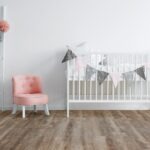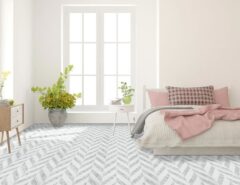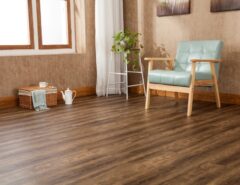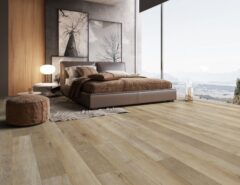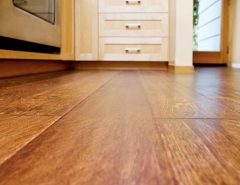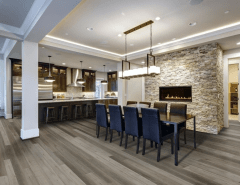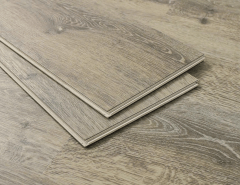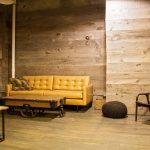When you’re shopping for hardwood floors, it’s very easy just to think about hardness, and equate that alone with durability. But, dimensional stability is also a major factor. The ideal balance when choosing a hardwood flooring species is to account for both.
Dimensional stability is a measurement of how much the chosen wood floor species will move once it’s been installed. When it comes to your wood floor installation in your specific space, the stability of your flooring is dependent on a number of important factors.
Wood floor stability and local climate
 The first of these factors is your local climate. If you’re in the American Southwest, the moisture levels in the air are going to be lower than they would be if you were in the Pacific Northwest. With each extreme, stability is going to be a factor just because air moisture levels either way are going to encourage floor movement.
The first of these factors is your local climate. If you’re in the American Southwest, the moisture levels in the air are going to be lower than they would be if you were in the Pacific Northwest. With each extreme, stability is going to be a factor just because air moisture levels either way are going to encourage floor movement.
And, I think this is a good point to remind you that once you’ve got your flooring delivered, you’ve got to make sure that it is left to get used to it’s new environment (a process called wood floor ‘acclimation’). After all, your floors may be native to, or distributed from, a locale that is opposite in terms of climate when compared to your own.
Humidity levels in your space
From here, the degree of humidity in your space is also a factor. For instance, if your floors are adjacent to (not in!) bathrooms, laundry areas, and even kitchens where steam is a pretty common element, the humidity tends to be greater.
Other factors like spillage control, strategic use of runners and mats, and other measures you’ve taken to control moisture in your space also come into play.
Your choice of wood floor species
And of course, it helps if the species itself is suited to your specific environs. There’s a species comparison chart for your reference that appears on the Highland Hardwoods website, which I encourage you to check out.
Something that can be observed by this chart is that some hardest varieties of hardwood as measured on the Janka Hardness Scale aren’t as dimensionally stable as many domestic species like red oak. Getting the balance right between hardness and stability is key. But, applying this balance to your own space is an important step to choosing the right floor for you.
Cheers,
Rob.


